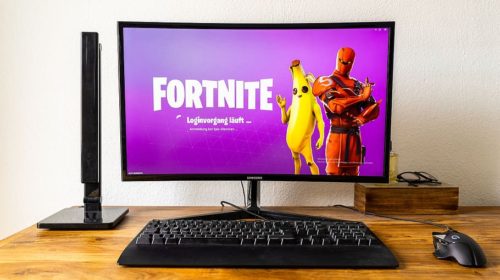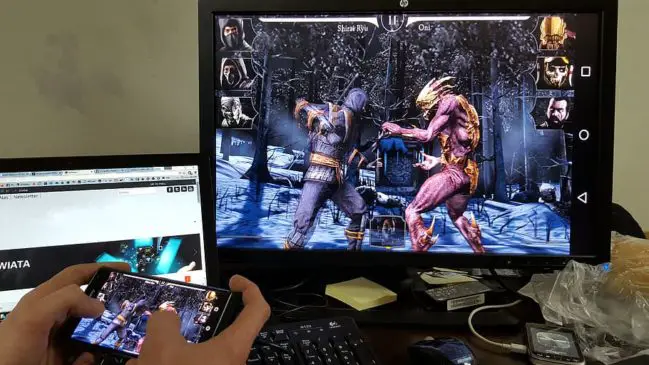Freemium is a portmanteau of the words “free” and “premium” and has become primarily identified with a method of monetizing access to mobile apps and games. This model came about as a way to enable users to access and experience various products and the services they offer without having to first commit to an initial upfront cost. What distinguishes them from a traditional trial period is that users are at liberty to continue to use an app indefinitely for free, but will only get full access to the program’s features by paying for it.
This model, in principle, works well and as such has been wildly successful in the game development space. For developers, designing a game with in-built pay-tiers enables small and dynamic start-ups to grow quickly and with minimal investment capital, enabling them to enter the marketplace in an aggressive time frame. In contrast, a traditional premium model requires greater investment in promotion and advertising and is also a higher risk investment as a game has to recoup its costs and grow through word-of-mouth testimony.
Trouble in Paradise
The merits of the standard freemium model diminish when it comes to the end-user experience, however. This is due to the fact that a combination of market saturation, of many similar apps and games flooding their respective categories, has combined with poor implementation of pay-tiers to create a frequently frustrating experience for end-users. A well reasoned and implemented freemium model strikes a cautious balance between providing access to the core game or app for free and incentivizing users to pay for full access to its premium feature-set.
Often though, freemium games exist that are built around extraction of value from the end-user without seeking to compel them to invest in the product. This is achieved by causing players to sit through adverts, fill in third party marketing surveys, or wait for arbitrary periods of time between gaming sessions. These obstacles are familiar to all mobile users and have given the freemium model a poor reputation over time.
As a result of this, developers are seeking new methods to revitalize the sector with their chief concern being to provide a more authentic experience for their customers. One well-established strategy that is receiving renewed interest by developers is the model of traditional promotional offers. Platforms that provide titles, such as slots games, frequently host offers like daily jackpots and free spins. This methodology, of inviting and rewarding both new and returning players, can be easily applied to the realm of app development.
Free Trials
Another well-established method that is seeing renewed interest in the world of game design and promotion is the model of free trials. EA’s recently released title Knock-Out City is a good example of this trend. EA made the decision to offer players an unrestricted free trial for a month after its release in order to encourage players to try the game. This accomplishes two primary goals: it increases familiarity with the title among the gaming community, and it encourages players to buy into the experience in the hope that they would enjoy it enough to pay for the full game once the trial ends.
Should a player really take to the game, this is sufficient time for them to have begun to invest in the experience and to have progressed someway into unlocking parts of the game. Such a customer would be far likelier to buy the full title once the trial ends in order to continue their progress.
The Season Pass
This model has seen great success among free-to-play battle royale style games such as PUBG, Fortnite and Call of Duty: Warzone. These games are completely free-to-play and access, but offer microtransactions of character customization features to users. With no pressure to spend money placed on players, and full access afforded to all functional elements of the game, players are allowed to experience the title irrespective of their ability or desire to spend money on further features.
What’s more, as these microtransactions only offer character customization, that is, they confer no tangible advantage to “premium” players beyond aesthetic expression, a player’s decision to spend money on them is more often rooted in an investment in the experience of the game rather than a necessity forced on them by the developers.
As such this points to a much more balanced relationship that benefits both developers and end-users alike. This model has also proven to be wildly successful, with Fortnite posting revenues of over $9 billion to date as a result of character customization transactions.
Please don’t forget to read – Close More Deals By Using Game Theory
Disclaimer: Online Gaming may involve some elements of financial risk and your discretion is advised. It is the your responsibility to ensure that you meet all age and other regulatory requirements prior to registering an account at any gaming or betting site listed or referenced within this site. We. at BrilliantRead Media, strive to educate our readers of their best interest and shall not be held liable for any monetary or other losses or damages of any kind incurred by the user or such third party directly or indirectly arising from or in any way connected with or in consequence to any use or access of the site and its content, programs, services, or software.
This website may contain content submitted by users that does not reflect the opinions or views of this site, its affiliates, and/or its licensors. BrilliantRead reserves the right to edit, remove, or modify any content provided on this website, as well as periodically amend its Terms of Use, at any time and without prior notice.


